When it comes to deciding between the Epson 1060 and 2150 projectors, there are a few important factors that need to be taken into consideration. Both models offer amazing quality visuals, but the differences between them will vary depending on your specific needs and preferences. It can be difficult to know what projector is the best option for you, that is why this helpful guide presents comprehensive research on a comparison of the main features of the Epson 1060 and 2150 projectors. By reading through this post, you’ll learn more about their respective features so that you can make an informed decision when choosing your next projector.
Epson company history
Epson was founded in 1942 by Hisao Yamazaki as a small watch manufacturing company. The company soon moved on to making parts for computers before venturing into the production of printers and other digital imaging products. Over the years, Epson has become one of the world’s most well-known printer brands and now offers a wide range of devices including scanners, projectors, and photo printers. Epson also offers a variety of services such as repair and maintenance, inkjet cartridges, and paper supplies.
Epson also partners with many organizations and charities to promote education and provide access to technology for those in need. The company has been recognized for its dedication to innovation, quality products, and customer service. As Epson continues to evolve its products and services, it remains committed to delivering the highest levels of excellence for customers around the world.
Epson is also an active participant in various industry events such as CES and other technology conferences. Through these activities, the company can connect with customers more personally and show off their latest product releases. Customers are also encouraged to share their feedback and experiences with Epson, allowing the company to tailor its services according to customer needs.
From its humble beginnings as a watchmaker in Japan, Epson has become a world leader in printing technology. The company strives to continue pushing boundaries and setting new standards for quality products and customer service. With an eye toward environmental sustainability and corporate responsibility, Epson is committed to delivering the best possible products and services for all customers.
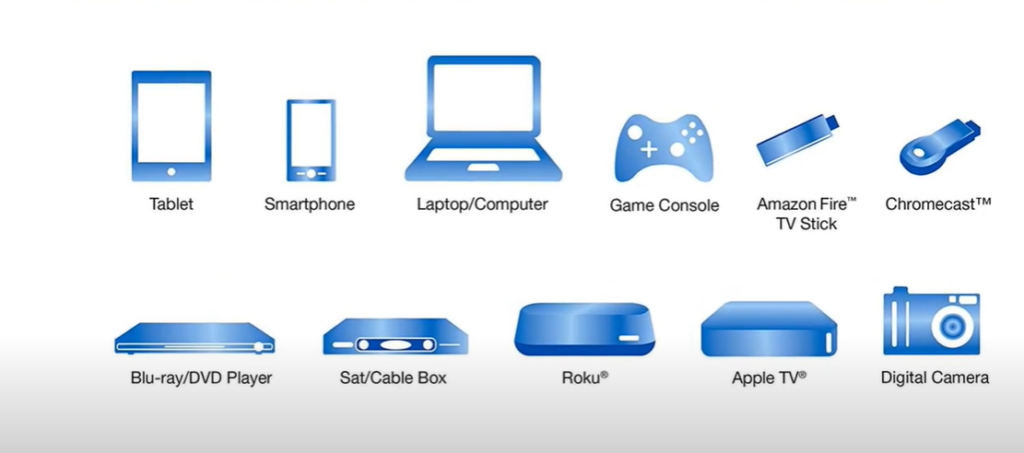
Are Epson projectors popular and why?
Epson projectors are extremely popular, due to their combination of affordability and quality. Epson projectors use advanced LCD technology to provide bright, sharp images and excellent color accuracy. They also offer a variety of features such as high contrast ratios, flexible installation options, and quiet operation. Coupled with their relatively low cost for the level of performance they deliver, it’s easy to see why Epson projectors are well-liked.
In addition, Epson projectors are known for their reliability and longevity. The company offers a wide range of warranties and service plans that provide peace of mind to users who invest in one of their products. This further adds to the overall appeal of the product line and makes it an attractive option for those looking for an affordable, long-lasting projector.
Finally, Epson projectors are easy to set up and operate. They come with intuitive menus and controls that make it simple to get the most out of the device. This makes them ideal for those who don’t want to spend time trying to figure out how to use a complex piece of equipment. Additionally, Epson projectors are compatible with a wide range of devices, allowing users to easily connect their laptop or mobile device and start projecting right away.
Overall, Epson projectors offer outstanding value for money and have become a go-to choice for those who want convenience and performance at an affordable price. They are favored by many due to their quality images, affordability, reliability and ease of use, making them a popular choice for both home and business users. With the wide range of features available and the unbeatable value they provide, it’s no surprise that Epson projectors are one of the top picks for projection solutions [1].
Epson 1060 vs. 2150 Resolution: side-by-side comparison
Native resolution
The Epson 1060 offers a native resolution of 800 x 600 (SVGA), providing crisp and clear visuals. On the other hand, the Epson 2150 boasts an even higher native resolution of 1024 x 768 (XGA), delivering stunning image quality with enhanced detail and precision. With these impressive resolutions, both projectors offer an immersive viewing experience for your presentations, movies, and more.
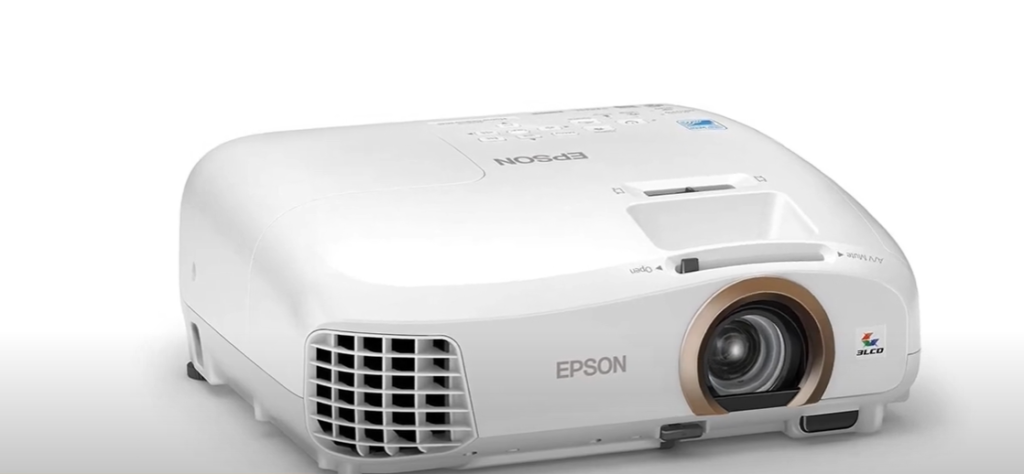
Max resolution (resized)
When resizing the resolution, both versions can reach a maximum resolution of 1280 x 1024 (SXGA). This is great for when you need to display larger images or videos on your screen, providing an immersive visual experience. The added detail and clarity make it easier to read text, discern fine nuances, and appreciate intricate details in pictures, bringing your content to life with vibrant colors and sharp imagery.
Resolution abbreviation
When discussing resolution, it can be helpful to refer back to the abbreviations associated with each projector. For example, the Epson 1060 has an abbreviation of SVGA, which stands for Super Video Graphics Array, while the 2150 is XGA, which stands for eXtended Graphics Array. Knowing these acronyms can help simplify conversations and understand resolutions when talking about either of these projectors. It allows you to better appreciate the technological capabilities and nuances of each device, making informed decisions and discussions about resolution options.
Epson 1060 vs. 2150 Properties: side-by-side comparison
Projection screen size, inch
The projection screen size of the Epson projector 1060 is 4:3, providing a spacious display of 90 inches diagonally. On the other hand, the Epson 2150 offers a wider aspect ratio of 16:9, presenting an expansive viewing experience with a screen size of 120 inches.
Projection distance, m/ft
The projection distance for the Epson 1060 is 1.19 meters (3.9 feet), providing a fantastic viewing experience even in compact spaces. On the other hand, the Epson 2150 offers an even greater projection distance of 1.47 meters (4.8 feet), allowing you to enjoy larger-than-life visuals in any room.
Light output, lumens
The brightness of the Epson 1060 is 4000 lumens and it also has a white and color light output rating of 4000 lumens. For the Epson 2150, the light output is slightly greater at 4200 lumens with a white and color light output rating of 4200 lumens.
Resolution
The Epson 1060 boasts a resolution of 1280 x 800, providing a decent visual experience. However, if you’re seeking a more immersive and visually stunning projection, the Epson 2150 is the way to go. With its impressive 1920 x 1080 Full HD resolution, you can expect a sharper, crisper, and more vibrant image quality that truly brings your content to life. Whether you’re enjoying movies, gaming, or delivering presentations, the Epson 2150’s higher resolution ensures an unparalleled viewing experience that will leave you captivated.
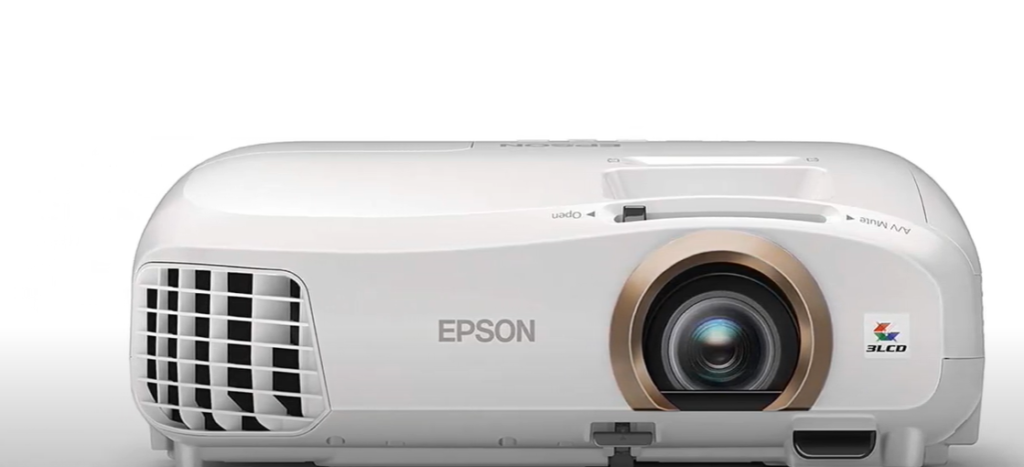
Aspect ratio
The aspect ratio of the Epson 1060 is 4:3, which offers a more traditional square-shaped display. On the other hand, the Epson 2150 has an aspect ratio of 16:9, providing a wider rectangular-shaped display. This gives you the flexibility to choose the perfect display format that suits your preferences and needs. Whether you prefer a classic square aspect ratio or a contemporary rectangular one, Epson has got you covered!
Contrast ratio
The contrast ratio of the Epson 1060 is 2800:1, while the contrast ratio of the Epson 2150 is slightly greater at 3200:1. This means that the Epson 2150 offers even more impressive contrast, with deeper blacks and brighter whites. With this enhanced contrast, your viewing experience will be more immersive and captivating, bringing your content to life vividly and dynamically. Whether you’re watching movies, playing games, or giving presentations, the Epson 2150 will deliver stunning visuals that truly capture every detail.
Throw ratio range
The throw ratio range for the Epson 1060 is 1.45 – 2.2. This means that it can project a large image size at a reasonably close distance, allowing you to enjoy your content without having to worry about placement restrictions. The throw ratio range for the Epson 2150 is 1.55-2.62, providing you with more flexibility to install the projector at greater distances and still get a larger-than-life image.
Color reproduction
The color reproduction of the Epson 1060 is very good, providing vibrant and accurate colors that bring your content to life. On the other hand, the Epson 2150 offers even better color reproduction, with a wider range of colors and more vivid details that truly capture the essence of your visuals. Whether you’re gaming or enjoying movies, the Epson 2150 ensures a truly immersive viewing experience with its rich and vivid colors.
Projection system
The projection system of the Epson 1060 is 3LCD, while the projection system of the Epson 2150 is also 3LCD. This ensures that both projectors deliver exceptional image quality with vivid colors and sharp details. With its advanced 3LCD technology, the Epson 2150 offers superior color accuracy and unmatched brightness for an unparalleled viewing experience.
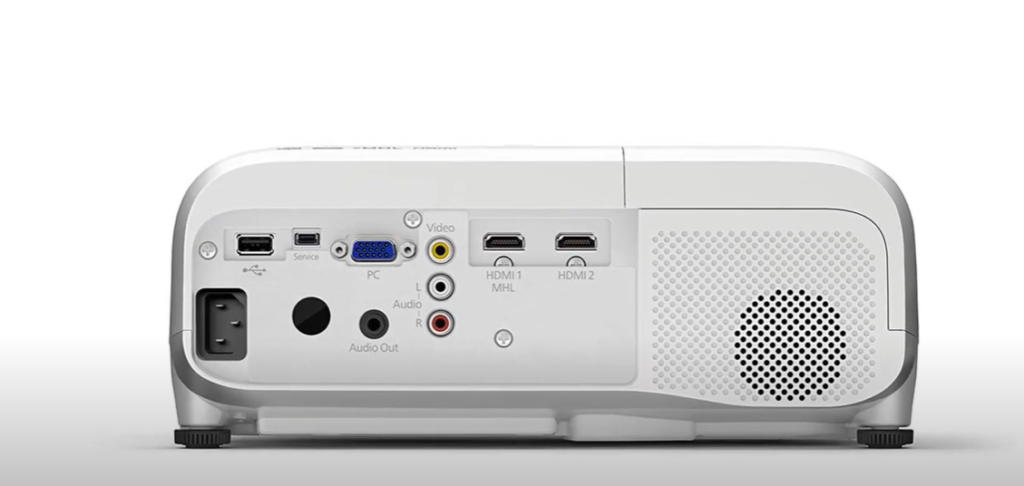
Noise level, dBA
The Epson 1060 has a noise level of 32 decibels (dB), which is quite low and won’t be disruptive during your viewing experience. On the other hand, the Epson 2150 offers an even lower noise level of 29dB, ensuring minimal noise during operation and allowing you to enjoy your content without any distractions.
Power consumption, W
The power consumption of the Epson 1060 is 295W, providing a reliable and energy-efficient performance. On the other hand, the Epson 2150 offers slightly lower power consumption at 282W, ensuring even greater energy efficiency. With these projectors, you can enjoy your content without the constant worry of high electricity bills, while still experiencing exceptional visual quality and performance [2].
Epson 1060 vs. 2150 Features: side-by-side comparison
Remote control
The 1060 model comes with a user-friendly remote control, allowing for easy navigation and control. On the other hand, the 2150 model is equipped with a more advanced remote control that not only provides access to additional features but also includes convenient parental control options, giving users the ability to monitor and manage content for a safer viewing experience.
HDR
The 2150 model, with its cutting-edge HDR technology, brings movies and TV shows to life with vibrant colors and enhanced contrast. Experience every scene with breathtaking realism and immerse yourself in the ultimate viewing experience. On the other hand, the 1060 model lacks HDR support, which may not deliver the same level of visual brilliance and may not be the top choice for those seeking the utmost in viewing pleasure.
3D
The 1060 model is equipped with 3D technology, giving you the option to enjoy enhanced depth and clarity as you watch your favorite movies and TV shows. The 2150 model, however, lacks 3D technology, which could be a deal breaker for some users who are looking for that extra bit of realism in their viewing experience.
Projection method
The 1060 model utilizes a traditional front projection method, which is designed to provide an immersive viewing experience with minimal setup. The 2150 model offers a versatile rear projection system that gives users the flexibility to mount the display in multiple ways and create different configurations for their home theater.
Wireless connection
The 2150 model supports a wireless connection, allowing users to stream content from their favorite devices without the need for cables. The 1060 model does not have a wireless connection option and requires that all devices be connected through cables.
Price
The 1060 model is more affordable than the 2150, making it a great choice for those on a budget. The 2150 model is more expensive, due to its advanced features such as HDR and wireless connectivity. However, many users may find that the added benefits of the 2150 outweigh the cost difference. The average price of the 1060 model is around $800 while the 2150 model is typically priced between $1000-1500.
Additional features
The 1060 model also comes with an integrated speaker system and built-in surround sound capabilities for an immersive audio experience. The 2150 model offers additional features such as voice control, allowing users to access content with simple commands. It also has a built-in app store, giving users the ability to download and install apps directly from their display.
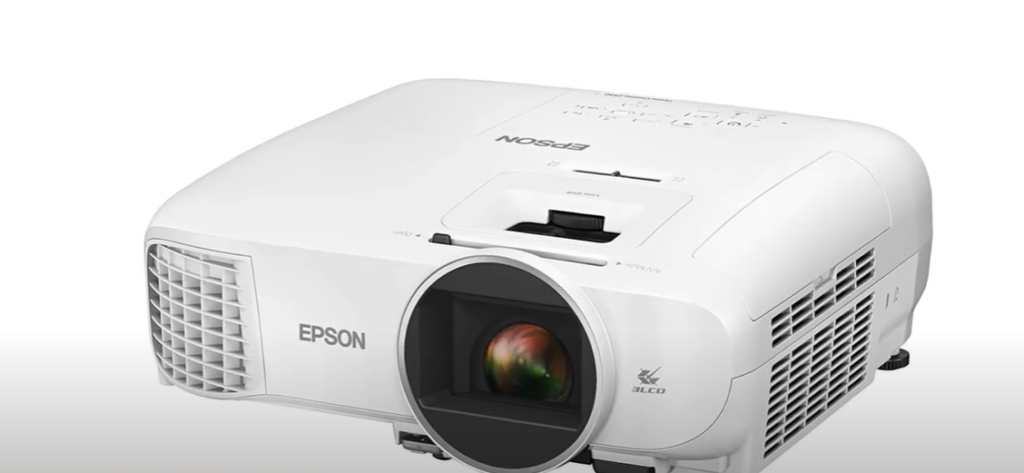
FAQ
What is the successor of Epson Home Cinema 2150?
The successor of the Epson Home Cinema 2150 is the Epson Home Cinema 3200. This projector has an even brighter, color-rich, and detailed picture than its predecessor. It also features improved sound quality with four full-range speakers and a 10-watt amplifier. The Home Cinema 3200 also comes with several advanced features such as HDR10 support, 3D-compatible, and split-screen support. Additionally, the Home Cinema 3200 supports wireless HDMI streaming with compatible devices. This makes it easier to stream content from your phone or tablet to the projector.
How much power does Epson Home Cinema 2150 use?
The Epson Home Cinema 2150 typically uses around 300 watts of power. This is still relatively low compared to other projectors in its class. The Eco Mode setting on the projector can help reduce power consumption even further, so it’s a good idea to use this option when possible.
What accessories come with the Epson Home Cinema 1060?
The Epson Home Cinema 1060 comes with two pairs of 3D glasses, a power cable, an HDMI cable, and a remote control. It also includes a basic user manual and quick-start guide to help you get started. The projector is also compatible with most standard mounting solutions, so it’s easy to set up in any room.
How much power does the Epson 1060 draw?
The Epson Home Cinema 1060 typically draws around 230 watts of power. The projector includes an Eco Mode, which will reduce power consumption even more when it’s enabled. Additionally, the projector also supports auto-shutoff after a certain amount of time to help save energy when not in use.
Does Epson 1060 have Wi-Fi or Bluetooth connectivity?
Unfortunately, the Epson Home Cinema 1060 does not have Wi-Fi or Bluetooth connectivity. However, it is still possible to stream content from a compatible device over an HDMI connection. Additionally, the projector supports AirPlay and Miracast streaming for devices that are compatible with these technologies.
Does Epson 2150 support 3D viewing?
Yes, the Epson Home Cinema 2150 supports 3D viewing. It includes two pairs of RF-based 3D glasses that can be used to watch 3D content on this projector. The projector also features advanced image processing technology for better 3D picture quality. Additionally, the projector supports split-screen viewing to watch two different sources simultaneously in 3D.
Useful Video: Top 5 Best Epson Projectors in 2023 Reviews
Conclusion Paragraph
So, this guide has shown you how the Epson 1060 projector and Epson 2150 projector can be useful for home theaters, business meetings and entertainment. Both projectors offer great image quality, easy setup and portability which are the key features to consider when buying a projector. The Epson 1060 is good for small spaces while the Epson 2150 is suitable for large spaces with its brightness and resolution capabilities. Moreover, both projectors come with built-in speaker systems which are great for watching movies and streaming videos. All in all, these projectors can provide a great experience for home theaters and entertainment.
References:
- https://www.techradar.com/news/epson-projector
- https://projectorsplace.com/epson-1060-vs-2150/

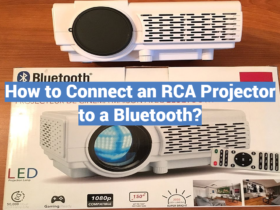


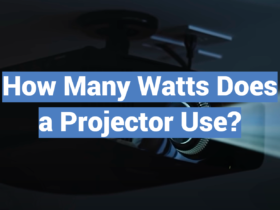
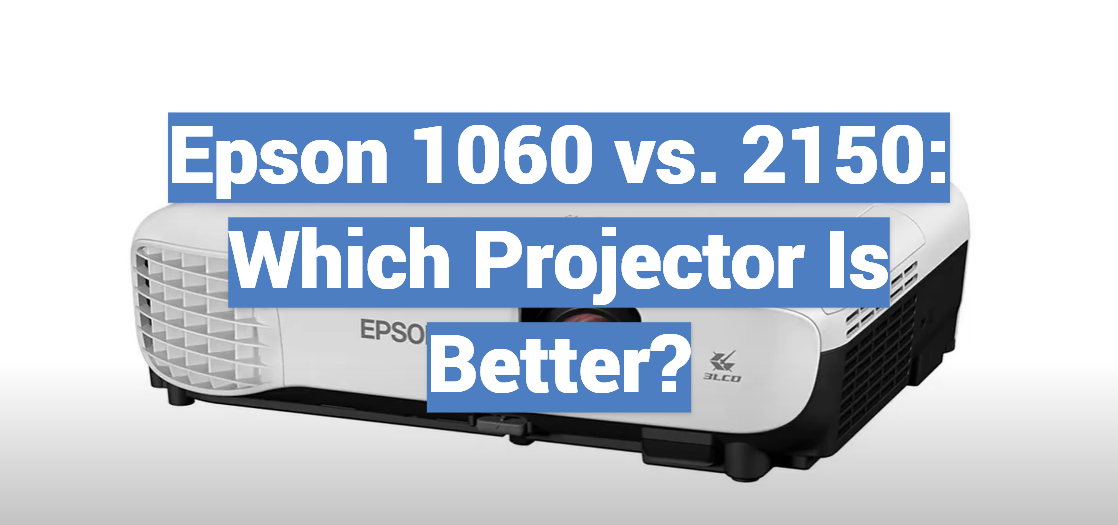
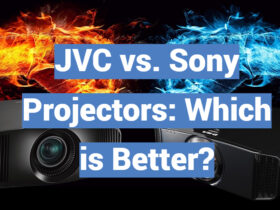
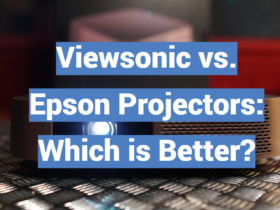
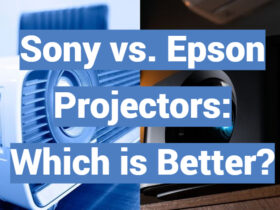
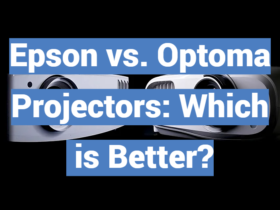
Leave a Review